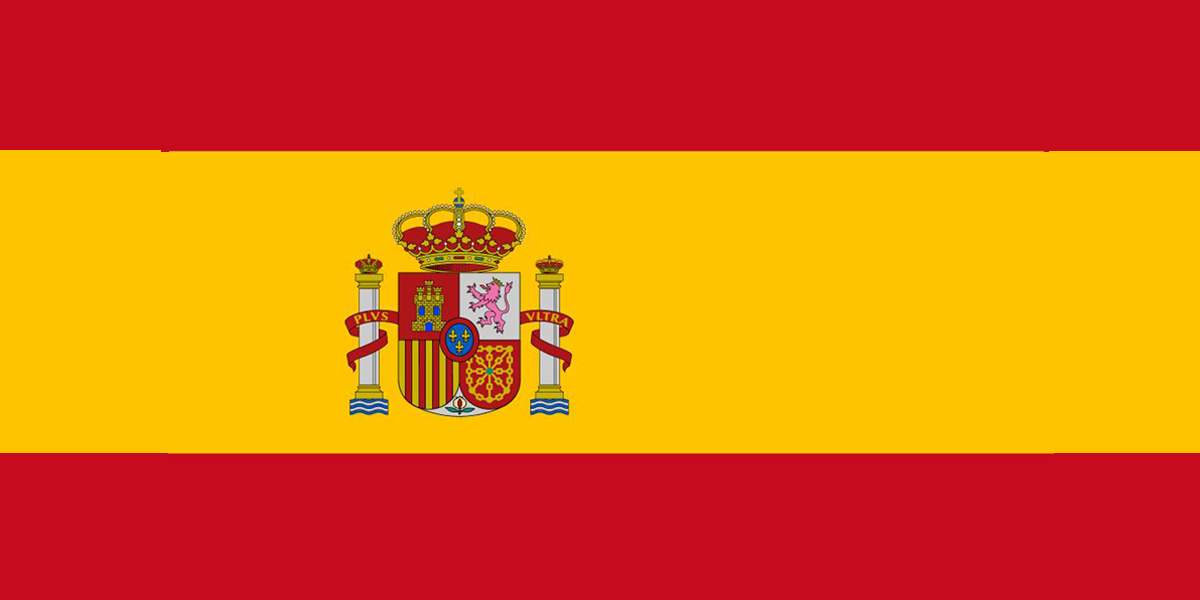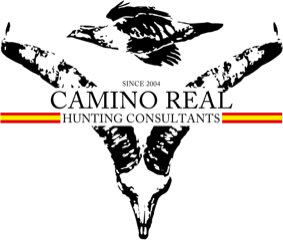
Ronda Ibex



Ronda Ibex
Identification
With a strong and robust complexion, it has a greyish brown coat colour that changes during the year. Unlike Gredos and Beceite ibexes, the Southeastern ibex does not turn black in winter, having a much lighter colour. In terms of body size, it is smaller. Its horns describe a narrowed scimitar shape, very typical from this subspecies.
Hunting
As with any other mountain species, Spanish Ibex requires lots of walking and stalking. At dawn it is quite common to find the ibexes in the lower parts of the mountains, so it is important to walk very carefully trying not to spook them. Once spotted, we will make a plan in order to get close and get a clear shot on the oldest billy, making sure it has reached its maximum growth.
Habitat
This ibex subspecies it typical from the areas of Sierra Nevada’s National Park, as well as in different areas of Granada, Almería and Jaen.
Habits
The Spanish Ibex has mainly diurnal habits and it is characterized by its incredible sense of smell and hearing, as well as an amazing ability to climb the steepest mountains. As a gregarious species, they form large groups composed of both males and females and although they do not migrate it is very common to see them covering big extensions of terrain. As a proper goat, they are capable of feeding on any kind of vegetable and organic material such as grass, lichens, bark and green buds. The mating season takes place between November and January, when it is very common to see males fighting and there is a good chance of harvesting an old individual.
Distribution
Andalucía
Época de caza : October – March
Recommended Calibre 270 Winchester
CIC Medal Bronze: 195 points; Silver: 210 points; Gold: 220 points
SCI Medal Bronze: 63 points; 69 points; 74 4/8 points


